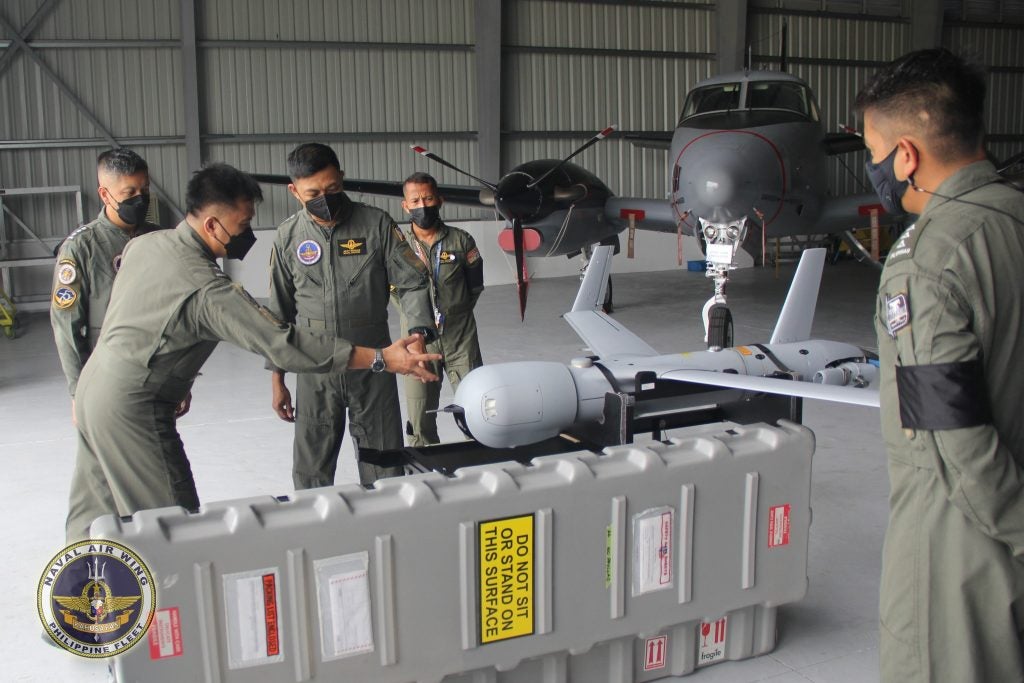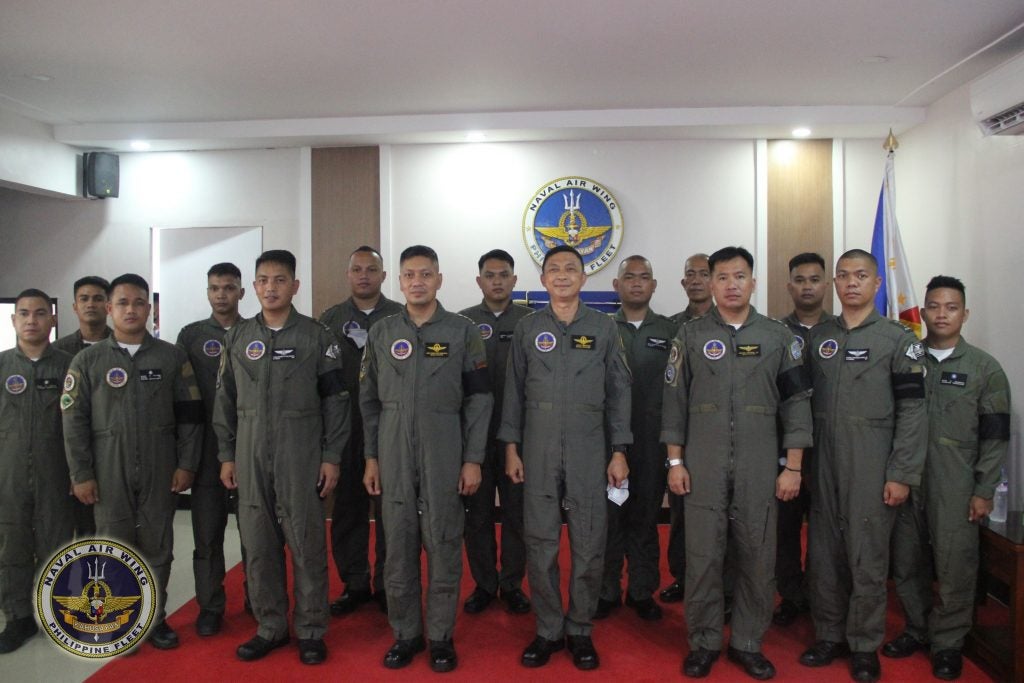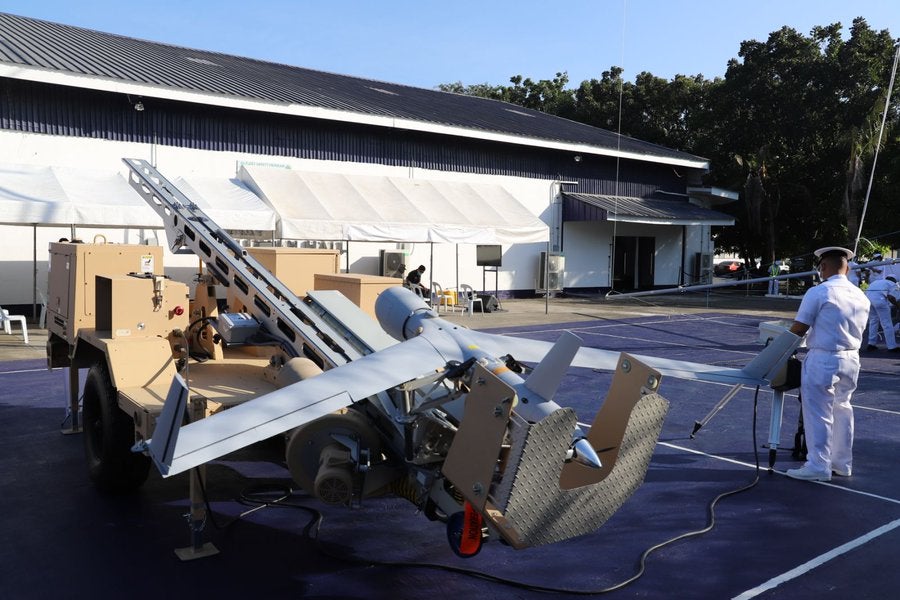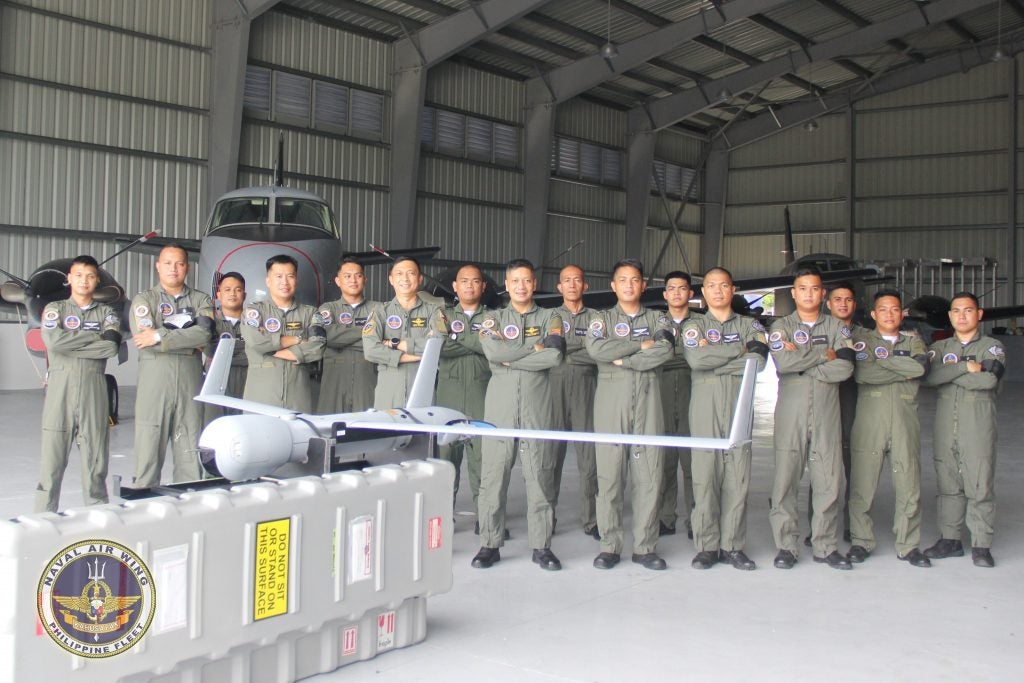Philippine Navy Drone Squadron Deploys For The First Time
The Philippine Navy’s Maritime Unmanned Aerial Reconnaissance Squadron 71 began its first-ever deployment after a year of training last month on August 9. Founded in 2020 and based at Naval Base Heracleo Alano, this squadron operates American-donated ScanEagle 2 unmanned aerial systems. For this deployment, the squadron sent “Alpha Flight.” The contingent consists of five officers, nine maintenance crew, and at least one ScanEagle unmanned aerial system containing an unknown number of drones. This is a major milestone for the PN’s Naval Air Wing, which has slowly built up its capabilities over the last decade.

ScanEagles entered Philippine service in 2018 when the Philippine Air Force received six systems from the United States. These ScanEagles are operated by the 300th Air Intelligence and Security Wing. PN ScanEagle 2s were first delivered in 2020 through the U.S. Maritime Security Initiative, with the original request going through in 2017. The ScanEagle II can be launched off PN vessels and loiter for 16 hours at a time.
It should be noted that the official press release from the PN NAW was released on September 15 while the actual deployment took place a month prior on August 9. This demonstrated the level of operational security that the PN and broader Armed Forces of the Philippines have for its drone assets.

The PN NAW’s release did not state where MUARS 71 has deployed for its first deployment. However, it is most likely Naval Station Leovigildo Gantioqui. This location was specified in a U.S. Indo-Pacific Command release during the original transfer in 2020. The Naval Station is on the coast of Western Luzon, providing the unit’s drones an overwatch on the Philippine Exclusive Economic Zone in the area.
Another possible location for MUARS 71 to deploy to is Palawan. Recently, the PN NAW constructed a barracks facility in Puerto Princesa. This is one of the main hubs for Philippine activity in the West Philippine Sea, with many PN and Philippine Coast Guard assets using the city as a launching point for missions. Although possible, a deployment to Palawan is unlikely, as the PAF has already stationed the 300th AISW at Antonio Bautista Air Base. Two units with the same capability in the same place would be redundant for coverage.

ScanEagles are one of the many drones that the Armed Forces of the Philippines have acquired in the last few years. The bulk of the Philippine drone fleet is from Israel’s Elbit Systems, with the PAF receiving nine Hermes 900s and three Hermes 450s. These drones are more capable than ScanEagle, being able to reach farther distances, being able to carry various ISR suites, and even having the capability to deploy search and rescue equipment. The Philippine Army reportedly ordered a large batch of drones from the same company, which includes Thor, Skylark, and Hermes UAS. Meanwhile, the Philippine Marine Corps operates Super Swiper II drones. This system is similar to ScanEagle in range but lacks the sensor suite.

These assets are one part of a broader Intelligence, Surveillance, and Reconnaissance capability that the Armed Forces of the Philippines is building up. This capability would greatly help the Philippines, especially as the Philippine Marine Corps is to operate the Indian BrahMos anti-ship cruise missile by 2026. Drones like ScanEagle play an important part in utilizing this missile and other long-range fires.
Building up this capability is also crucial for enhanced cooperation with partners such as the United States. In August, Philippine and U.S. navies committed to deeper ties and even joint patrols. Following this was the announcement of an integrated readiness plan between the U.S. Marine Corps and the Philippine Marine Corps. Within a month of each other, major developments in cooperation and interoperability were made between the two countries and their respective services. The Philippines obtaining drones, BrahMos, and other assets bring more to the table when working with partners.

The PN NAW is a small force, consisting of a few helicopters, modified maritime patrol aircraft, and other assets. Alongside ScanEagle, five Japanese-donated TC-90s comprise the NAW’s maritime patrol assets. These aircraft were donated, and like NUARS 71 they are also stationed at Naval Base Heracleo Alano. Two of the aircraft were seen in the background of the departure ceremony.
Another major asset that the force has procured through modernization is the AgustaWestland AW159 Wildcat. This helicopter is capable of anti-submarine and surface-to-surface warfare. Previously, Overt Defense covered the NAW’s certification of the helicopter for Deck Landing Qualifications aboard BRP Jose Rizal. Since then, the PN plans to acquire two more for the force’s new corvettes.
This deployment is the latest in milestones that the PN has achieved so far in 2022. From the installation of ASCMs on its frigates, to scoring remarkably high in RIMPAC’s gunfire exercise, and receiving new Israeli missile-capable boats, the PN has greatly increased its capabilities this year.
Cover Image Courtesy of Philippine Navy

